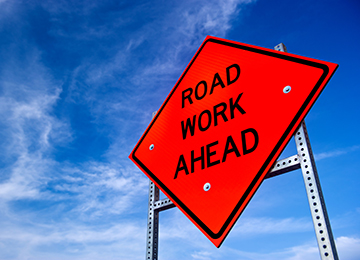In 1997, this event began on a very small scale in Bristol, Virginia, when the local VDOT office sought to develop an internal awareness campaign focused on worker safety. The following year, VDOT launched a public awareness campaign throughout the Commonwealth of Virginia. The California Department of Transportation (Caltrans) decided to jump on board in 1999.
From the seeds of those humble beginnings, the national campaign took root. In 1999, the Federal Highway Administration (FHWA), the American Traffic Safety Services Association (ATSSA) and the American Association of State Highway and Transportation Officials (AASHTO) came together to create and coordinate the national event we know today. Over time, other transportation partners have joined in this national effort, and many states host their own events.
By partnering with state transportation agencies, public officials, local police departments, and members of the highway industry, over time, this event has gathered more media attention and public awareness of the dangers faced by both highway workers and the traveling public. Safety can be improved just by reminding drivers of the need for heightened awareness when driving through active work zones.
2018’s NWZAW national kick-off was held on Tuesday, April 10 and was hosted by the State of Illinois. The theme for this year’s poster is “2018 Work Zone Safety: Everybody’s Responsibility.”
For more information about this year’s event, or to access posters, fact sheets and websites, click here.

